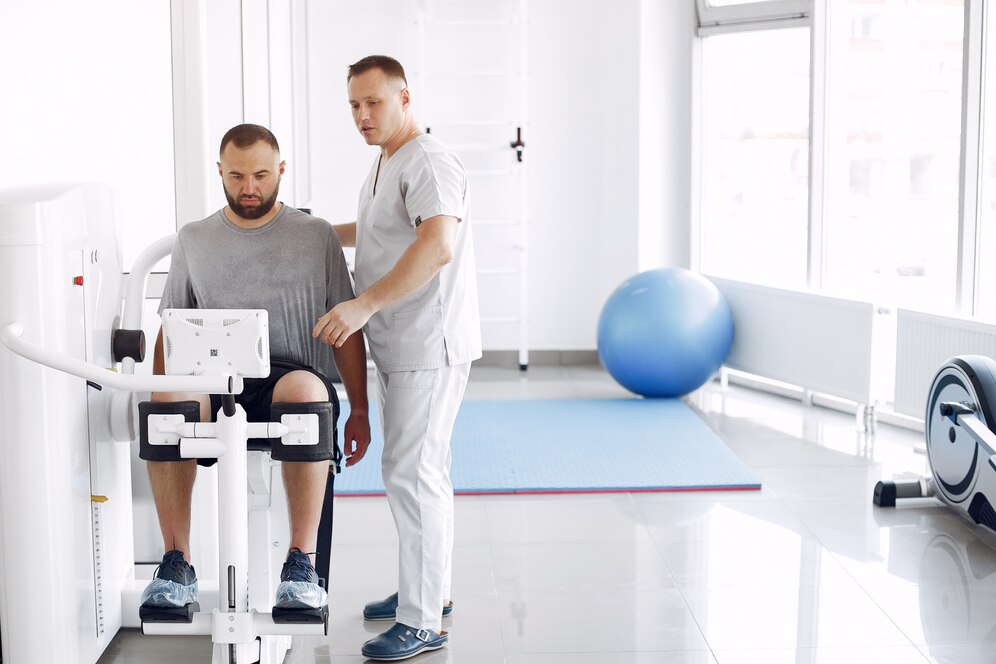Drug testing is a critical component of occupational medicine, safeguarding employee health, workplace safety, and regulatory compliance. Whether mandated by law (e.g., DOT regulations) or implemented voluntarily, drug testing programs help employers mitigate risks, reduce accidents, and promote a drug-free workplace. This article explores the role of occupational medicine in drug testing, common testing methods, legal considerations, and best practices for employers.
The Role of Occupational Medicine in Drug Testing
Occupational medicine specialists collaborate with employers to design, implement, and manage drug testing programs tailored to workplace needs. Key responsibilities include:
- Regulatory Compliance: Ensuring adherence to federal guidelines (e.g., SAMHSA, DOT) and state-specific laws.
- Test Selection: Recommending appropriate testing methods (urine, saliva, hair) based on workplace risks.
- Medical Review: Using certified Medical Review Officers (MROs) to verify results and rule out false positives.
- Employee Education: Providing resources on substance abuse prevention and treatment programs.
Types of Workplace Drug Testing
| Test Type | Purpose | Detection Window | Common Use Cases |
|---|---|---|---|
| Pre-Employment | Screen candidates before hiring | Varies by method (e.g., urine: 1–3 days; hair: 90 days) | Safety-sensitive roles (e.g., transportation, construction) |
| Random | Deter illicit drug use | Varies | High-risk industries (e.g., manufacturing, aviation) |
| Post-Accident | Determine if drugs contributed to an incident | Varies | Workplace injuries or near-misses |
| Reasonable Suspicion | Address observed impairment | Varies | Erratic behavior or performance issues |
| Return-to-Duty | Clear employees post-rehabilitation | Varies | Employees completing substance abuse programs |
Drug Testing Methods
- Urine Testing
- Pros: Cost-effective, detects recent use (up to 3 days for most drugs).
- Cons: Susceptible to tampering; requires observed collection for regulated programs.
- Hair Follicle Testing
- Pros: Detects drug use over 90 days; difficult to adulterate.
- Cons: Higher cost; limited ability to detect very recent use.
- Saliva Testing
- Pros: Non-invasive, detects recent use (within 24–48 hours).
- Cons: Shorter detection window; less effective for certain drugs.
- Blood Testing
- Pros: Highly accurate for current impairment.
- Cons: Invasive, expensive, and rarely used in workplace settings.
Legal Considerations
- Federal Guidelines: Mandatory Guidelines for Federal Workplace Drug Testing Programs (HHS) outline procedures for urine and oral fluid testing.
- State Laws: Vary widely; some states restrict random testing or require advance notice.
- Discrimination Risks: Policies must apply uniformly to avoid claims of bias or privacy violations.
- Documentation: Employers must maintain detailed records of testing policies, consent forms, and results.

Best Practices for Employers
- Develop a Clear Policy: Include testing scenarios, prohibited substances, and consequences for violations.
- Train Supervisors: Educate on recognizing impairment and documenting reasonable suspicion.
- Partner with Certified Labs: Use HHS-certified facilities for accurate, legally defensible results.
- Ensure Confidentiality: Protect employee privacy and limit access to test results.
- Offer Support: Provide access to Employee Assistance Programs (EAPs) for substance abuse treatment.
Conclusion
Drug testing, when integrated with occupational medicine practices, creates safer workplaces, reduces liability, and supports employee well-being. By adhering to legal standards and prioritizing transparency, employers can foster trust while maintaining compliance.
FAQs
1. What substances are typically tested in workplace drug screens?
Common panels include marijuana, cocaine, amphetamines, opioids, and PCP. Employers may also test for alcohol or prescription drug misuse.
2. Can employees refuse a drug test?
Refusal may result in disciplinary action, especially in safety-sensitive roles governed by federal regulations (e.g., DOT).
3. How long do drugs stay detectable in a urine test?
Detection windows vary: marijuana (3–30 days), cocaine (2–4 days), and opioids (1–3 days), depending on usage frequency.
4. What happens if an employee tests positive?
Employers may require counseling, rehabilitation, or termination, depending on policy. MROs verify results to rule out false positives.
5. Are random drug tests legal?
Yes, if clearly outlined in a written policy and applied uniformly. Some states require advance notice or limit random testing to high-risk industries.
Welcome to our clinic, where expert occupational medicine ensures safe, compliant workplaces through reliable drug testing and health solutions. Visit us at https://scchouston.co/ or call us at (281) 741-3204 to schedule your appointment today!

